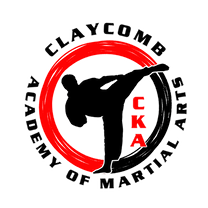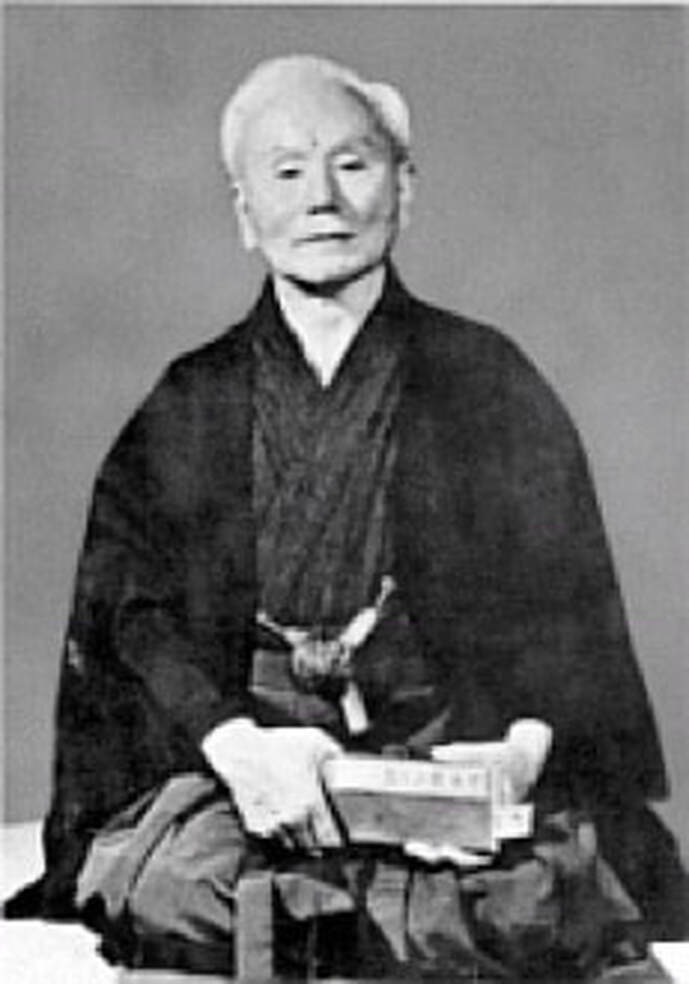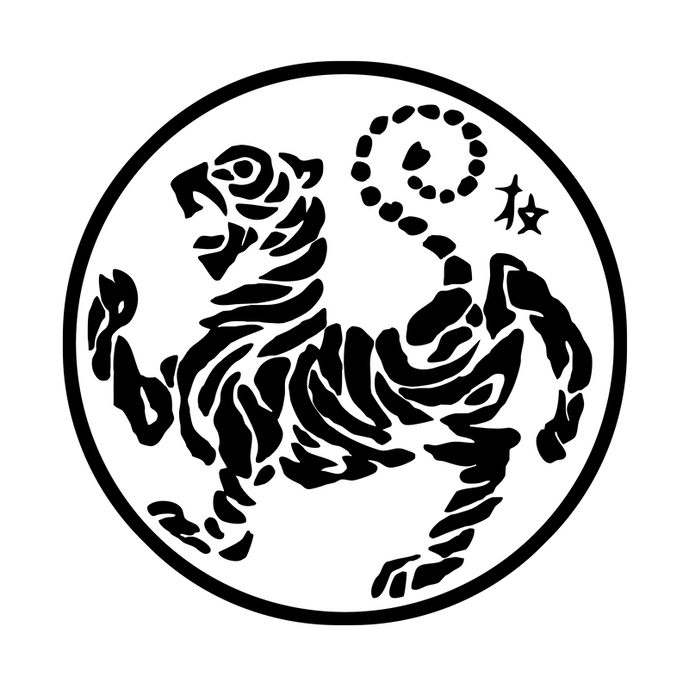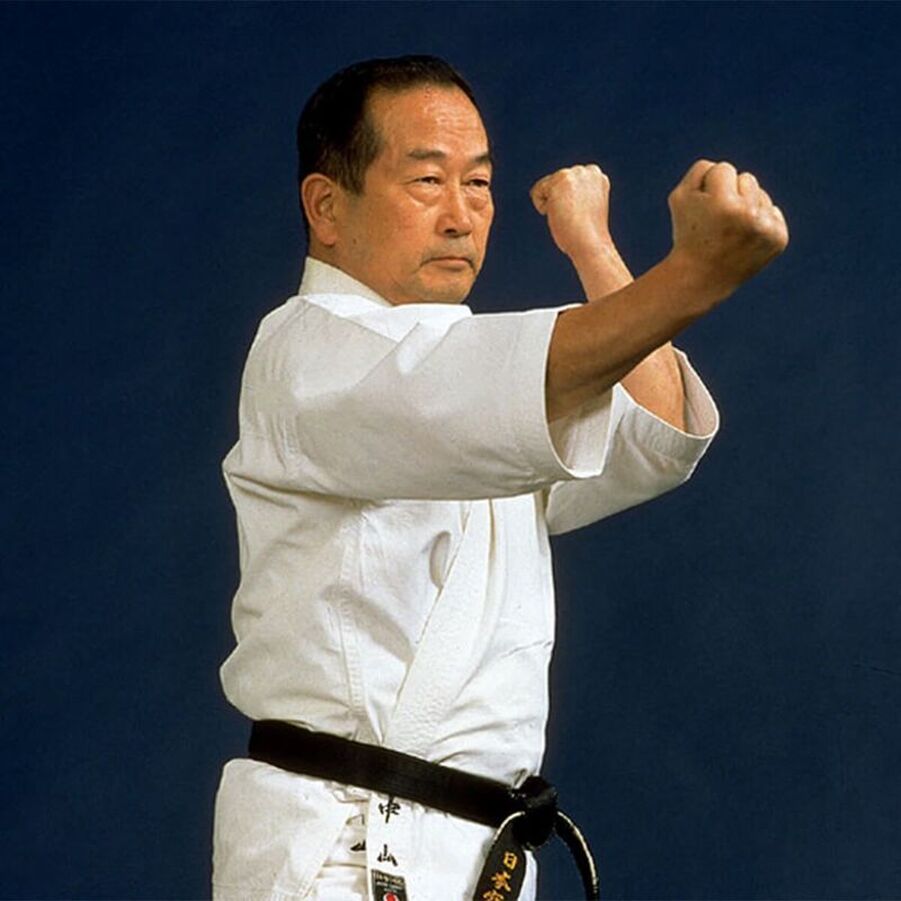Widely considered as the father of modern karate, Gichin Funakoshi was primarily responsible in introducing the Okinawan art of karate, to mainland Japan. From there, this fascinating and engaging art spread like wildfire throughout the world.
Master Funakoshi was born in 1868. He began his karate training at the age of 11, and was a student of two of the most well known masters of the time. Due to his diligence, he grew proficient in almost all of the major styles of karate in Okinawa.
Master Funakoshi was born in 1868. He began his karate training at the age of 11, and was a student of two of the most well known masters of the time. Due to his diligence, he grew proficient in almost all of the major styles of karate in Okinawa.
Although used for extreme self-defense, the word "Karate" meant a deeper and more extensive understanding to Funakoshi. To train in Karate, meant to train in the spirit of the empty hand, peace, friendship, and the inner beauty it entails.
In 1916 he was invited to give a demonstration of the art of Karate at the Butokuden in Kyoto, Japan, which at that time was the center of all Japanese martial arts. However it wasn't until 1921, during a visit to Okinawa by the Crown Prince (who later became the Emperor of Japan), that karate made its impression on the young prince and upper echelon of the Japanese society. So successful was this demonstration, that in the early parts of 1922 Master Funakoshi was invited to Tokyo to present his art at the First National Athletic Exhibition in Tokyo. Consequently, he was persuaded to stay on the mainland, and instruct the art of karate.
In 1916 he was invited to give a demonstration of the art of Karate at the Butokuden in Kyoto, Japan, which at that time was the center of all Japanese martial arts. However it wasn't until 1921, during a visit to Okinawa by the Crown Prince (who later became the Emperor of Japan), that karate made its impression on the young prince and upper echelon of the Japanese society. So successful was this demonstration, that in the early parts of 1922 Master Funakoshi was invited to Tokyo to present his art at the First National Athletic Exhibition in Tokyo. Consequently, he was persuaded to stay on the mainland, and instruct the art of karate.
Funakoshi sensei taught only one method, a total discipline, which represented a synthesis of Okinawan karate styles. This method became known as Shotokan, literally the house of Shoto, which was the Master's pen name for his poetry, meaning the sound of the wind blowing through pines. During the later years, Master Funakoshi attempted to bring in to his teachings, some of the more rudimentary movements and techniques of Naha-te, best exemplified in the style of Goju-ryu, literally meaning the hard and the soft way. Alas, time was too short and the changes did not take place.
Shotokan karate is one of the most widely practiced forms of karate in the world today, and one of the most traditional. It puts heavy focus on kihon (basic techniques), kata (forms), and kumite (sparring) to develop a range of powerful and dynamic techniques.
In its root, Shotokan is a quick and powerful style. It tends to absorb the energy of the opponent, and ruthlessly counter-attack from an angled position.
Shotokan karate is one of the most widely practiced forms of karate in the world today, and one of the most traditional. It puts heavy focus on kihon (basic techniques), kata (forms), and kumite (sparring) to develop a range of powerful and dynamic techniques.
In its root, Shotokan is a quick and powerful style. It tends to absorb the energy of the opponent, and ruthlessly counter-attack from an angled position.
How Gichin Funakoshi exposed the masses to this form.
The history of the martial arts style Shotokan karate begins with Gichin Funakoshi, a man who not only started the form but also helped to popularize karate in general. More recently, a UFC fighter by the name of LYOTO MACHIDA has done quite a bit to bring the art of Shotokan to the forefront as well.
The history of the martial arts style Shotokan karate begins with Gichin Funakoshi, a man who not only started the form but also helped to popularize karate in general. More recently, a UFC fighter by the name of LYOTO MACHIDA has done quite a bit to bring the art of Shotokan to the forefront as well.
Early History of Shotokan Gichin Funakoshi was born circa 1868 in Shuri, Okinawa, Japan. While in elementary school, he became friends with the son of martial artist Anko Asato and started karate training with Asato. Later, Funakoshi would train under Shorin-ryu master Anko Itosu.
Interestingly, Funakoshi never named the fighting style that he refined from Itosu and Asato's teachings. He simply used the general term "karate" to describe it. But when he started a dojo in 1936, his pen name of "Shoto" (meaning pine waves) was used along with the term "kan" (house) by his students in the sign above the entrance, which said Shotokan.
Interestingly, Funakoshi never named the fighting style that he refined from Itosu and Asato's teachings. He simply used the general term "karate" to describe it. But when he started a dojo in 1936, his pen name of "Shoto" (meaning pine waves) was used along with the term "kan" (house) by his students in the sign above the entrance, which said Shotokan.



